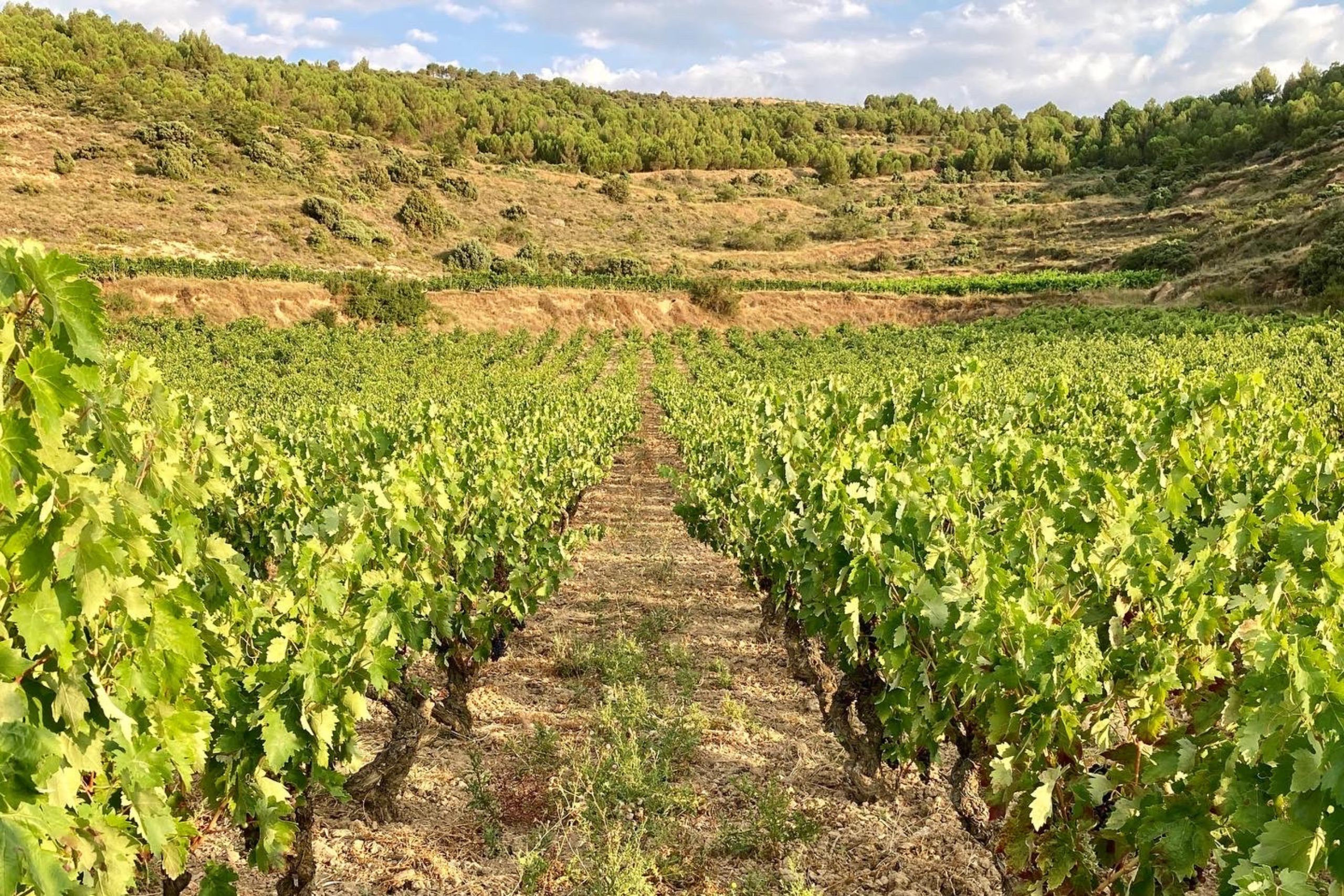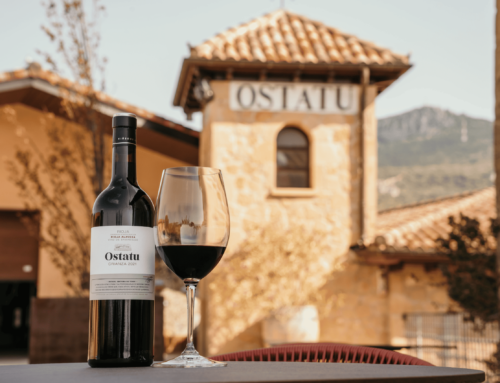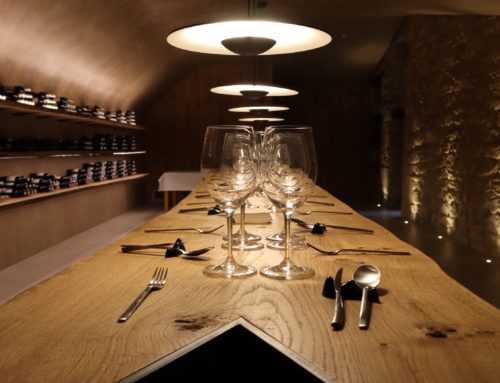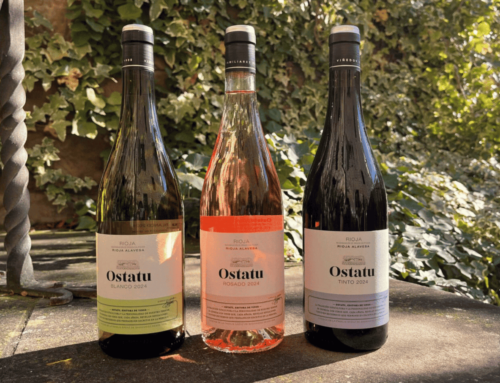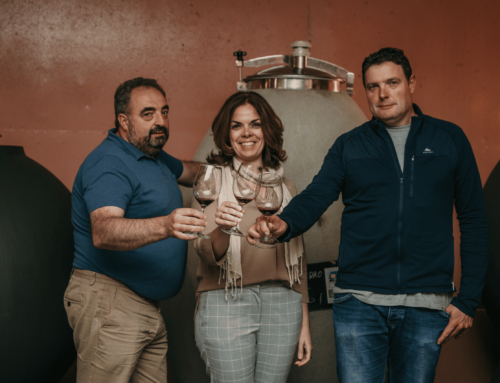We are no longer talking about climate change, but about a new climate reality. A reality that, whether cyclical or not, the truth is that it affects both the vegetative cycle of the vine and the styles of wines.
The winters are less and less cold and last less, the summers are longer and more extreme and, most importantly, the inclement weather follows one another: strong frosts (as happened in 2017), constant heat waves and drought (as has happened in 2022), torrential rains, increasingly strong hail storms… These are challenges that those of us who are dedicated to growing vines face, which, unfortunately, seem to be becoming more common, for which we have to dedicate our efforts to mitigate these effects with decisions that affect both our viticulture and our work in the winery.
Challenges on vine growing
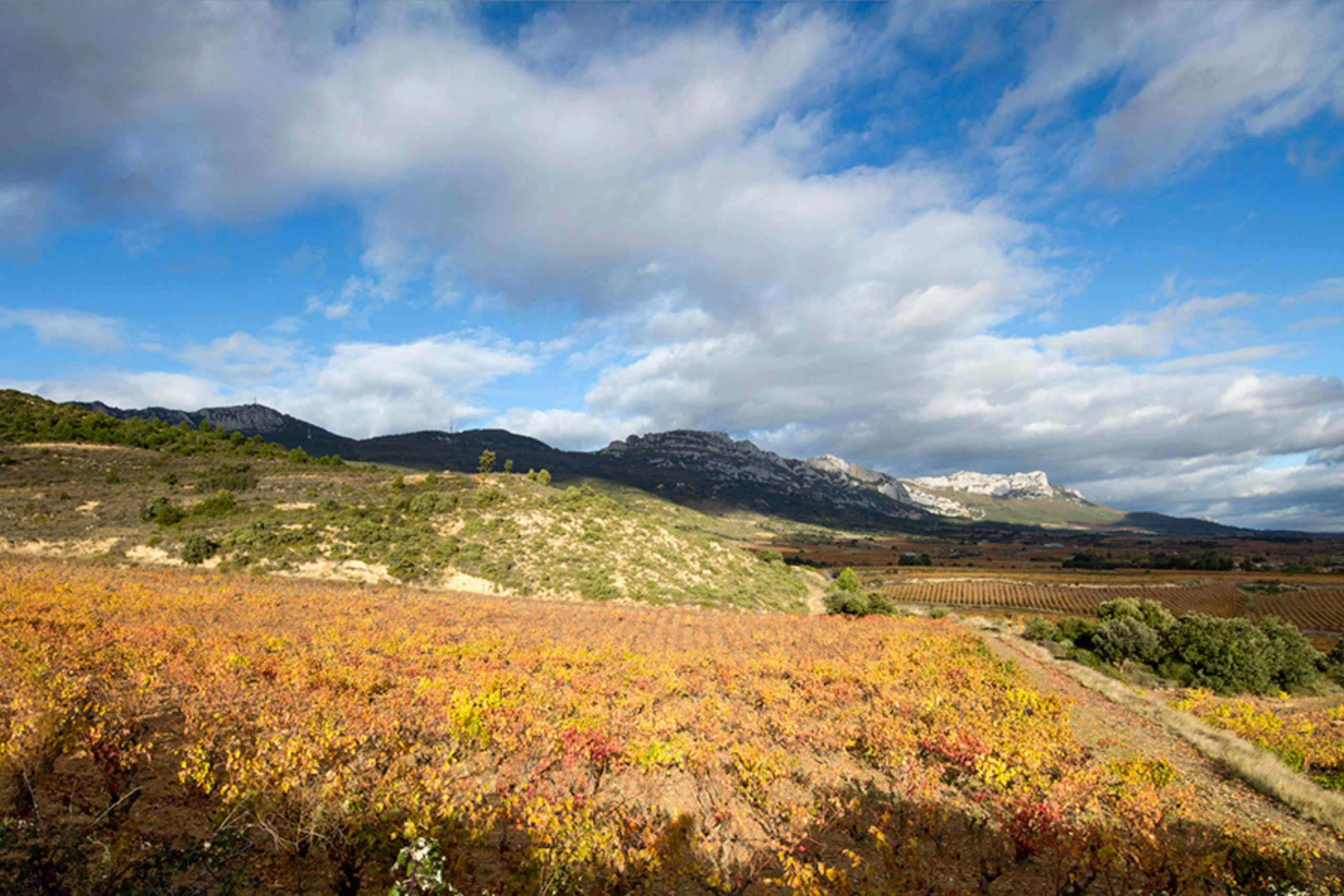
The increase in temperatures causes, among other things, that the vegetative periods of growth of the plant are faster, and with it, higher graduations, that the acidity of the grapes and musts decreases and that they begin to see certain pests that until now were not present in our latitudes.
For this reason, proper management of both the soil and the vegetation of the vines, so that they are balanced, is essential. In Rioja Alavesa we are especially careful with this cultural practice since each vineyard has certain needs: the bunches must have correct sun exposure, be aired so that they ripen properly, but without scorching.
The low winter rainfall does not favor the correct sprouting and bud development either. During spring and summer we are seeing temporary imbalances in rainfall (abundant strong storms compared to calm and long rains) that favor soil erosion and land movement. Not to mention the problems of desertification, often caused by fires.
Likewise, we can find photosynthetic blockages in the plant that limit the balanced maturation of the grapes and with it an optimal setting for the production of elegant, fresh wines with great aging capacity.
What can we do to achieve the style of wines that we like? Luckily, the use of historical varieties, which have always been present in the area, and their use in the blend of wines, help us.
Looking to the past to guarantee the future
The search for cooler soils and vineyards at higher altitudes are other actions to achieve that long-awaited balance. Samaniego is one of the coolest towns in this area as it is located in the foothills of the Sierra de Cantabria and we have plots at more than 630 meters above sea level. Without a doubt, the location is a privilege.

Oenological practices
In the winery, we pamper the grapes so that they give their best version. For this, constant and exhaustive control of the ripening of the grapes throughout the process, characterizing each of the plots with their properties, virtues and problems, improving knowledge every year. Then in the fermentation, through extractions and contained macerations, slow fermentations and very controlled aging, in which the fruit is the protagonist, are part of our know-how to preserve the identity of the wines.
To all this, it is necessary to add the practices that we can all carry out to reduce the emission of greenhouse gases. But we will tell you about that in detail later.
